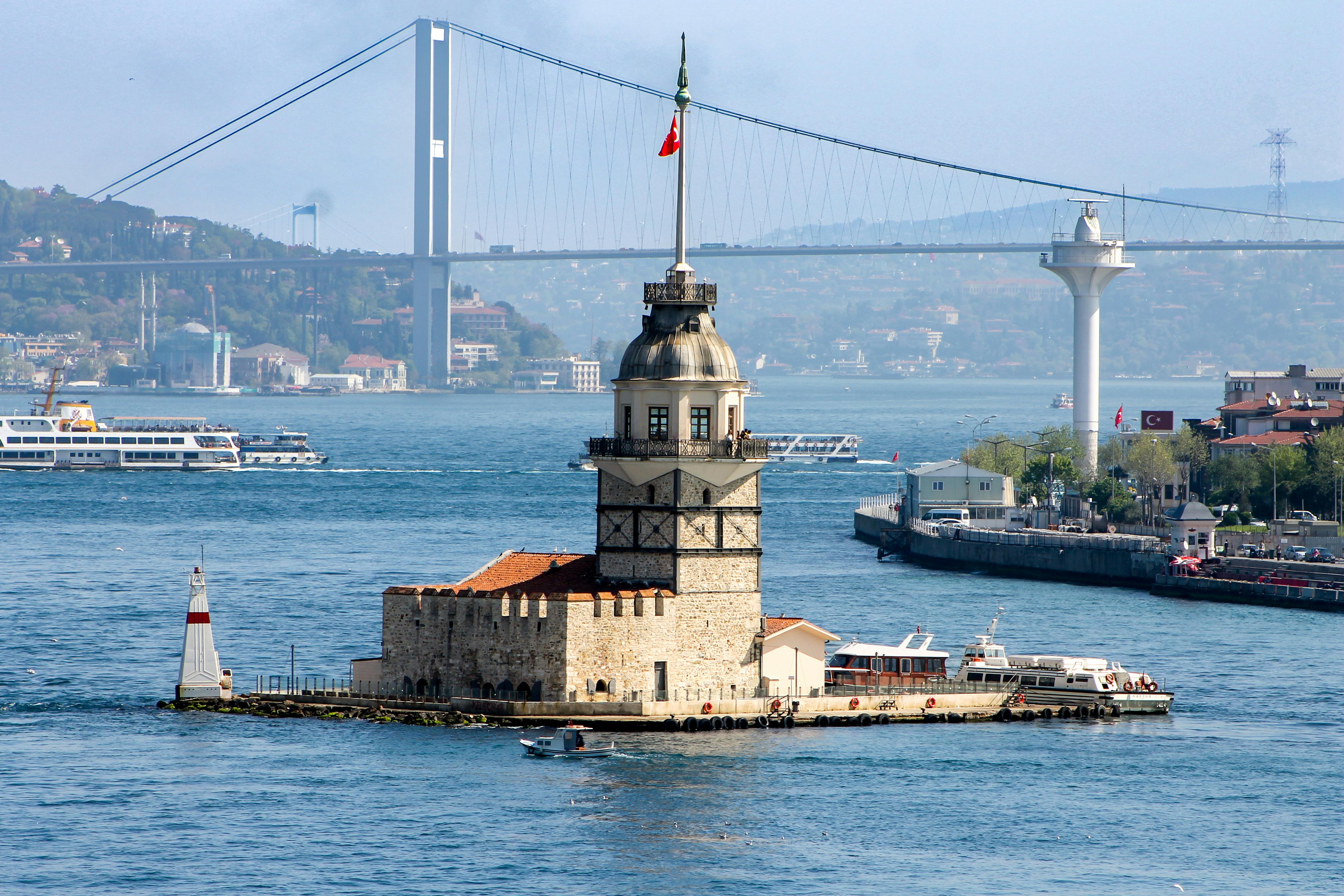
The History of Bosphorus
The History of the Bosphorus
Introduction
The Bosphorus Strait, also known as the Istanbul Strait, is one of the world’s most historically and strategically significant waterways. Connecting the Black Sea to the Sea of Marmara — and by extension, to the Mediterranean — the Bosphorus has been a crucial route for trade, military campaigns, and cultural exchange for thousands of years. Spanning two continents, Europe and Asia, it has shaped empires, inspired legends, and continues to play a pivotal role in global geopolitics today.
1. Mythological Beginnings
According to Greek mythology, the name “Bosphorus” (Βόσπορος) means "Cow's Passage" and originates from the legend of Io, a mortal lover of Zeus. Transformed into a cow and pursued by a jealous Hera, Io swam across the strait — hence giving it its name.
2. The Bosphorus in Antiquity
In antiquity, the Bosphorus was more than a mythological crossing. It was a vital corridor for ancient Greek colonies, notably Byzantium, established around 660 BCE. Its unique geographical location made it a desirable and contested area for empires seeking control over trade between the Aegean and the Black Sea.
3. Byzantine Empire and Constantinople
With the rise of the Roman Empire and the founding of Constantinople in 330 CE by Emperor Constantine, the Bosphorus gained new importance. The city became the capital of the Byzantine Empire and the gateway between East and West. The strait was heavily fortified, and its control was crucial to the empire’s prosperity and survival.
4. The Ottoman Era
In 1453, the Ottomans conquered Constantinople under Sultan Mehmed II, marking a turning point in the region's history. The Bosphorus became a critical part of the Ottoman Empire’s naval and economic strategy. Palaces, fortresses (like Rumeli and Anadolu Hisarı), and elaborate mansions (yalıs) were built along its shores, signifying imperial power and wealth.
5. Modern Significance
Today, the Bosphorus remains vital not only for Turkey but also for international trade and energy routes. It is one of the busiest maritime passages in the world. Two major bridges (the Bosphorus Bridge and Fatih Sultan Mehmet Bridge) and the more recent Marmaray rail tunnel link the two continents physically, symbolizing Istanbul’s unique identity.
6. Cultural and Strategic Importance
The Bosphorus continues to influence art, literature, and geopolitics. From fishing villages to Ottoman palaces and bustling ferry traffic, it embodies the historical layers of Istanbul. Its strategic location makes it central to regional politics, especially in energy transit and military navigation.
Conclusion
The Bosphorus is more than just a body of water; it is a living chronicle of civilization. From myth and empire to modernity and diplomacy, its story reflects the complexities of history itself. Whether admired from a ferry, studied in books, or explored in person, the Bosphorus tells the tale of a city — and a world — forever in motion.




